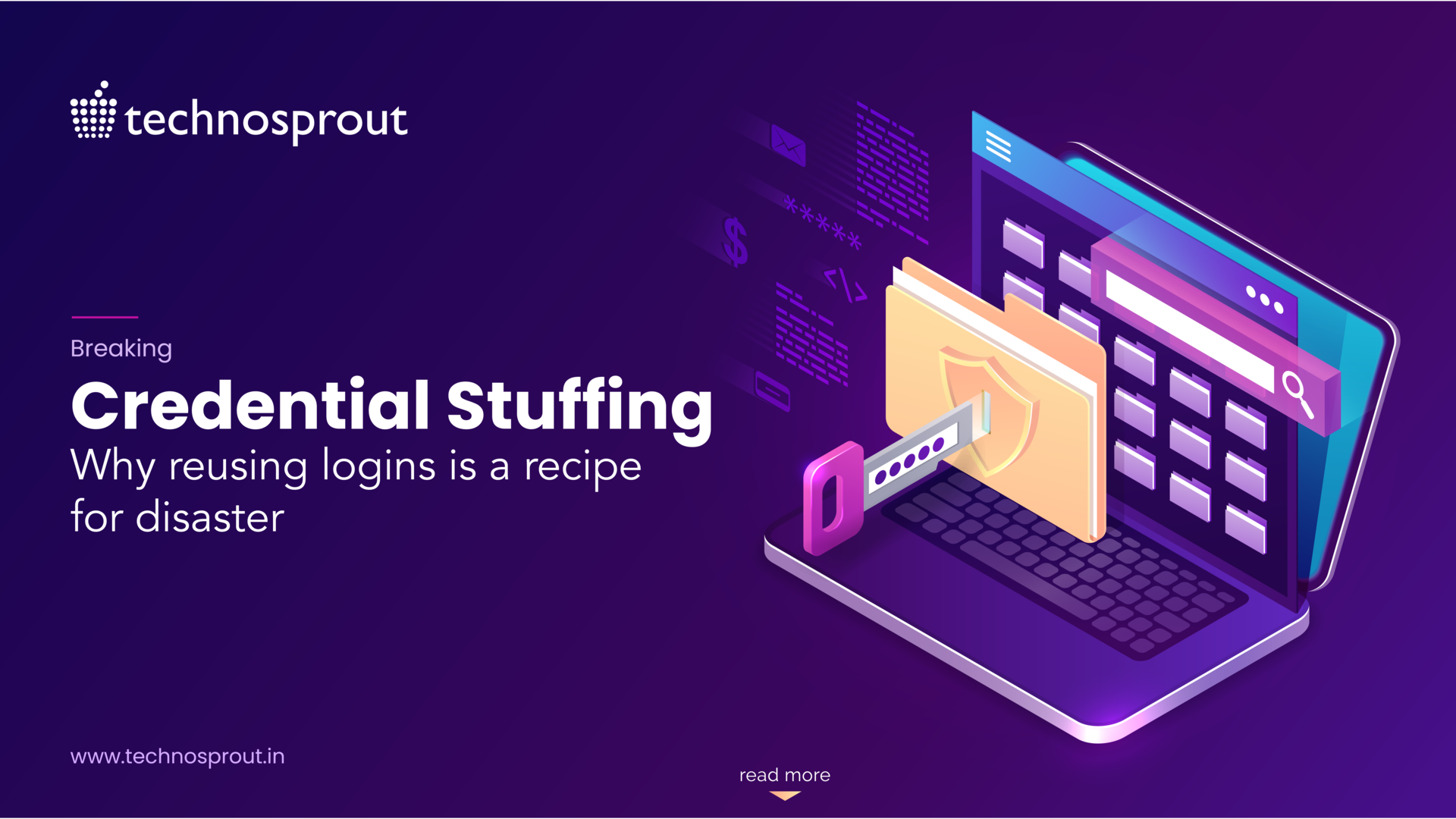What is DevSecOps?
DevSecOps is a culture that involves incorporating security practises into the DevOps process. DevSecOps entails fostering a culture of ‘Security as Code,’ with continuous, versatile cooperation between release engineers and security teams. DevSecOps, like DevOps, is focused on developing innovative methods for complex software development processes through an agile system.
DevSecOps is a normal and required solution to the modern continuous delivery pipeline’s bottleneck effect caused by older protection models. The aim is to close the gap between IT and security while ensuring the code is delivered quickly and safely. During all phases of the delivery process, silo thinking is replaced by improved coordination and mutual responsibility for security activities.
DevSecOps vs DevOps
DevOps is a technique for bringing programmers and system administrators closer together throughout the software development process. A DevOps engineer is a professional who works at the crossroads of these two disciplines. The primary goal of a DevOps engineer is to improve the predictability, performance, and security of software production to the highest possible level. DevSecOps is a further development of the DevOps concept that, besides automation, addresses the issues of code quality and reliability assurance.
Benefits of a DevSecOps Approach
DevOps and security practitioners can leverage the strength of agile methodologies—as a team—without short-circuiting the aim of writing safe code when security protocols are built into the development process rather than incorporated as a “layer on top.”
A 2017 EMA report found the top two benefits of security operations (SecOps): better ROI in existing security infrastructure and improved operational efficiencies across security and the rest of IT.
Another significant advantage found in the study was the opportunity to fully use cloud resources. Organizations using the Amazon Web Services (AWS) cloud, for example, benefit from enhanced preventive and detective security controls provided by AWS’ continuous integration and deployment model.. As more organizations rely on cloud applications to keep operations up and running, security efforts independent of those performed by AWS are crucial to prevent costly downtimes.
The safety measures inherent in DevSecOps have many other advantages. These include:
- Greater speed and agility for security teams
- An ability to respond to change and needs rapidly
- Better collaboration and communication among teams
- More opportunities for automated builds and quality assurance testing
- Early identification of vulnerabilities in code
- Team member assets are freed to work on high-value work
Where to Start with DevSecOps?
If you’re operating on the cloud, the most important attack vector is misconfiguration of cloud services. According to Gartner, more than 80% of cloud breaches are due to misconfiguration. In the cloud, developers are creating and modifying infrastructure, so they’re making decisions about configurations that can impact the security posture of cloud environments. This is a departure from the datacenter, where ops and security teams had more control over the configuration of IT resources like networks and firewalls. Security needs to get in front of this, while simultaneously not creating too much friction or too many limitations for the developers. The good news is that developers want to create secure systems. With modern tooling, security teams can provide near-instantaneous feedback to the developers that can guide them to getting things right while they are going fast.
The first place we recommend you start is with automated policy checking of existing environments. This can be done in an hour or two, and will give you an assessment of your current security posture. We often do workshops with organizations who think they have a solid security posture, but actually have many areas of exposure. It’s gratifying to watch them start fixing things immediately, which is what you’ll want to do as well! It’s very important that after this initial assessment, you use automation to stay up to date, as you’ll find cloud infrastructure frequently drifts out of policy due to manual maintenance and deployment updates.
Once your production security posture is in good shape, turn to making sure that no new problems are created. You can do this by integrating a tool like Fugue into the development process early. When a deployment occurs into a development environment, you can set up your CI/CD tool to trigger a scan which puts security posture feedback right into the tools the developers are used to using on a daily basis. Each pull request can now contain detailed information for the developer on any security issues with their code.
DevSecOps is Continuous Process
DevSecOps is a never-ending process with no clear end in sight. We mentioned a few good places to start in this article, but as you get deeper into it, you’ll see more possibilities for automating security functions, as well as the need to go back and reconsider earlier decisions. When done correctly, DevSecOps brings the teams together rather than putting them at odds. Security is no longer a source of “no,” but rather a source of useful resources for developers and operators to work with. Learn more about how to take the steps ahead with Technosprout.





